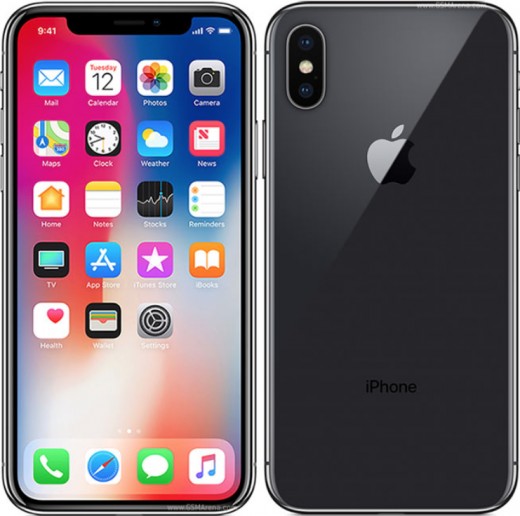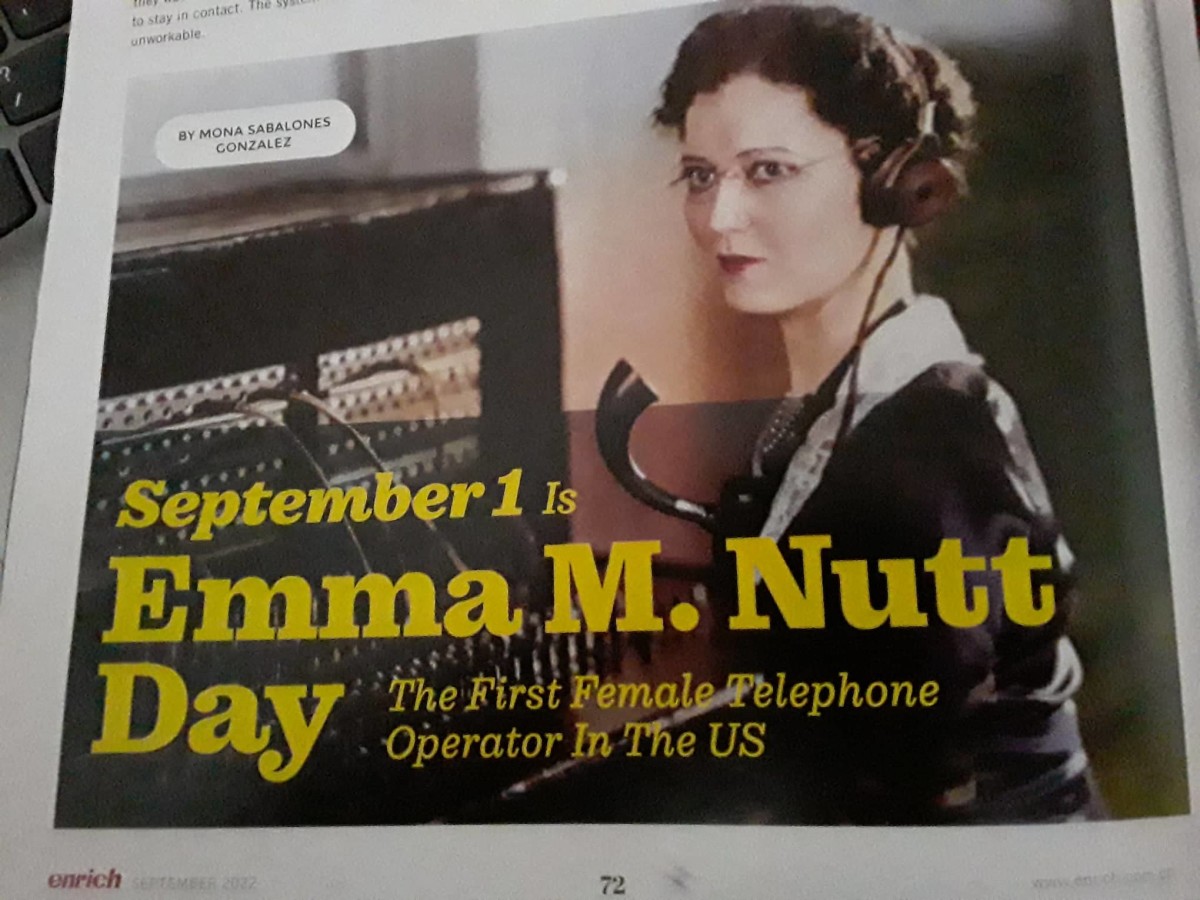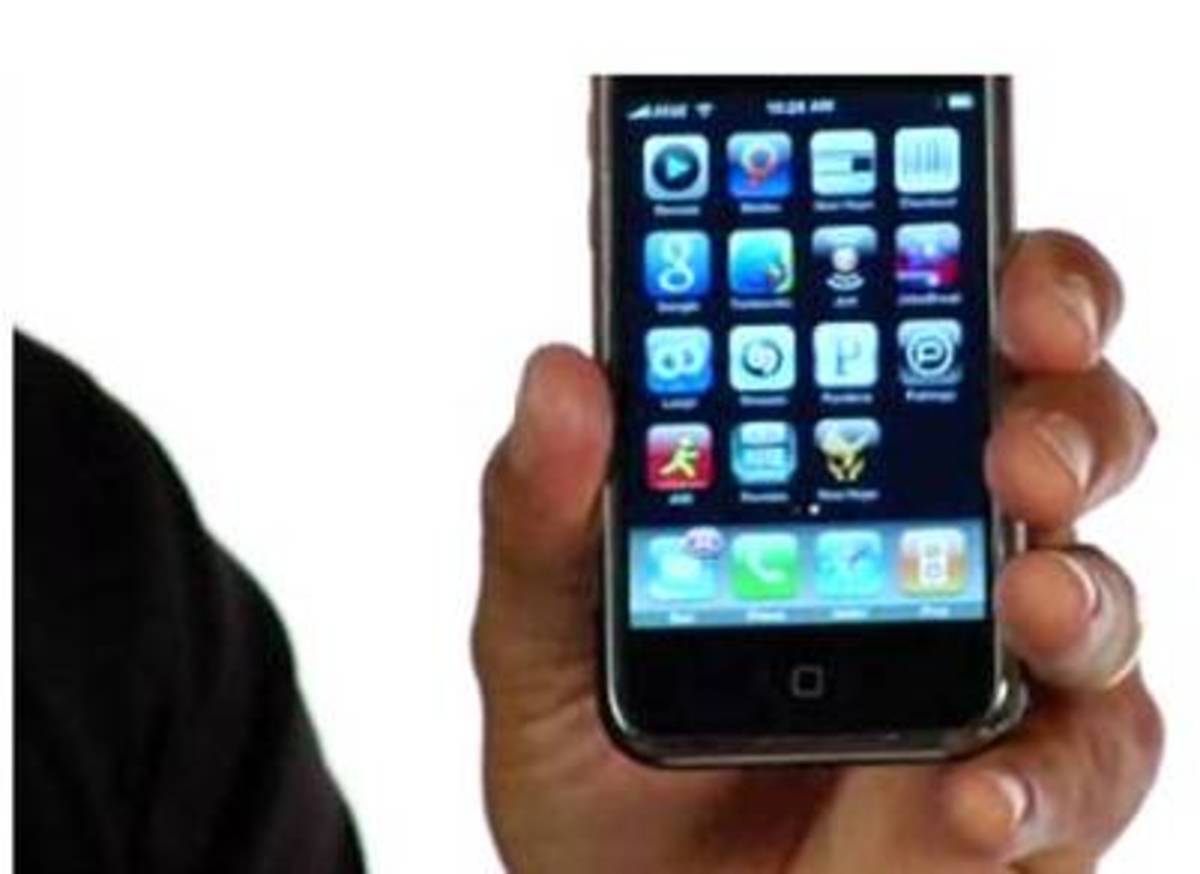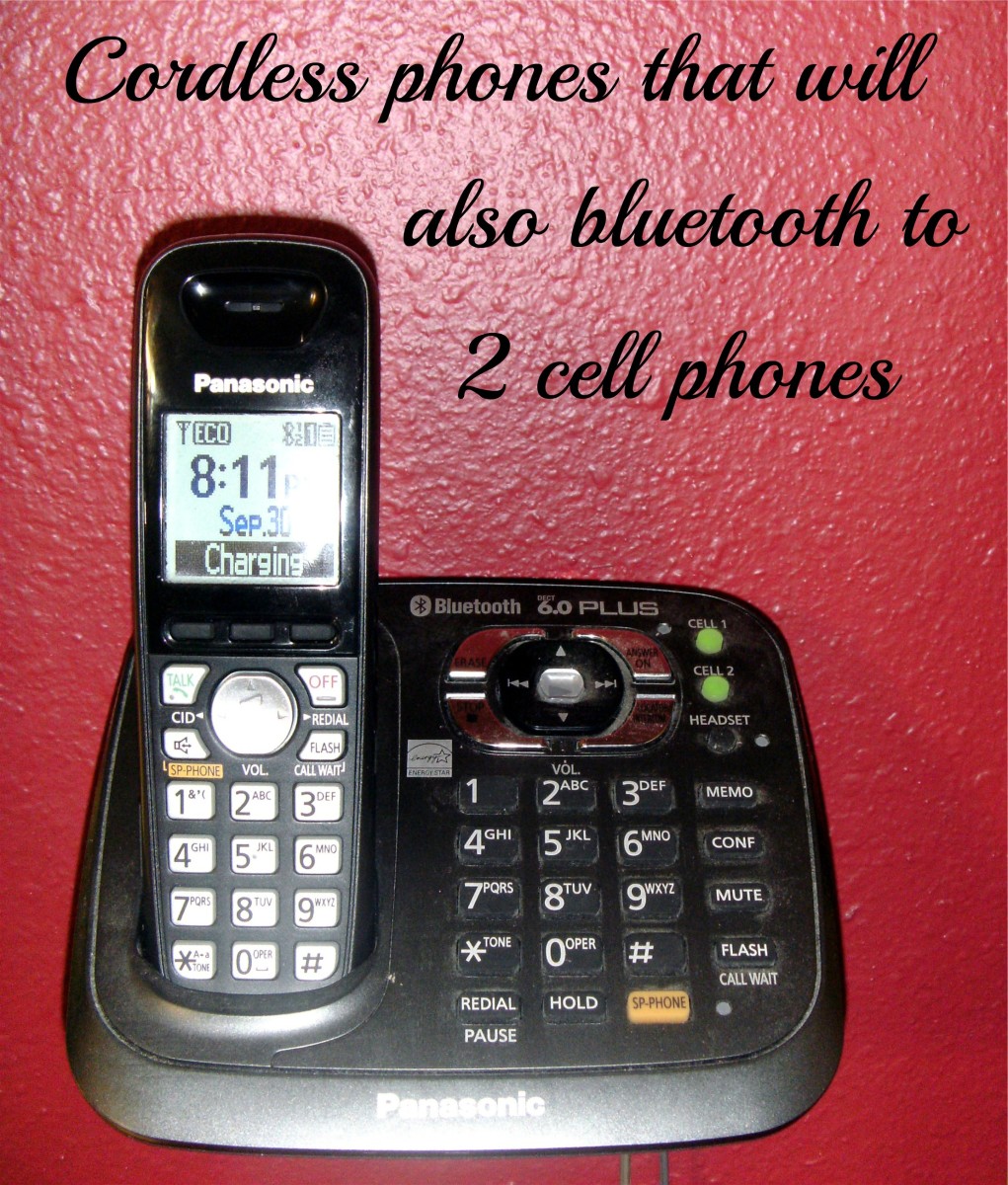Proof the World is Changing Rapidly: Part 3

Who would willingly give up their smartphone?
Can you imagine the day you wake up and have no smart screen to scan for the time? or your resting heart rate? or incoming emails? or missed phone calls from loved ones? or your gaming status? or recent tweets? or snapchats? or instagram pics? or your bank balance? or breaking news? or the stock market? Well, it's becoming obvious that for most of us, our smartphone is our newest (and perhaps most vital!) appendage.
The Journey to Here: The Telegraph
But it took us some time to get here. Samuel F. B. Morse achieved the first viable telegram transmission in 1844, just 175 years ago. It then took a successive 17 years for that marvelous technology to spread across the American continent, and an additional 5 years (until 1866) to reach across the Atlantic. By then, Western Union controlled 90% of the telegram market, transmitting about 5 million messages annually. That total passed 63 million by 1900, and was to eventually peak at over 235 million messages by 1945. But a newer technology, the telephone, was by then beginning to eat the telegraph's lunch. (Still the telegram ruled for nearly a century.)
Next Stage of the Journey: The (Landline) Telephone
Scottish-American inventor Alexander Graham Bell achieved the first intelligible voice message over wires in 1876. Before a year had passed, a telephone line was strung in Boston. By the time a line had been extended from Boston to Providence in 1881, there were more than 50,000 telephones in service. New York-Chicago and New York-Boston lines were added by 1894, and soon there were more than half a million telephones connected. Transcontinental U.S. service arrived by 1915, transAtlantic service by 1927, and by the end of World War II there were more than 25 million U.S. telephones, with AT&T alone fielding over 100 million calls annually. The telephone began to eclipse the telegram, with no end to the trend line in sight. Of course, all of the connected telephones were 'landline' phones, connected by wires laced across the land from structure to structure.
However, the cellular telephone arrived in 1983 to begin gnawing away at the landline market. (Cellular phones relied not on hard-wiring from phone to phone, but instead 'bounced' signals hopscotch fashion from cell to cell and tower to tower in increments across the landscape.) As a result, the landline telephone was to peak in the U.S. by about 2000 and continues to lose ground today.
A Whole New Trip: Mobile (Smart)Phones
First introduced by Motorola in 1983, the first cell phones were big, clunky, quite expensive, and provided only spotty service with short battery life. Once we all realized that cell phones freed us from wired connections, we began referring to them as mobile phones. And as our mobile phones became 'smart' — for the first time, in 1993 — through the addition of functions other than simply sending and receiving phone calls, we began referring to them as smartphones. And as all of the continuously added and enhanced features made our smartphones smarter and smarter, their popularity and ubiquity soared. It took landline phones 45 years to achieve 50% penetration into the U.S. market; it took cell phones just 7 years to do the same; and smartphones nearly matched the feat in only 4 years. The introduction of Apple's iPhone in 2007 (and its enhancements since) have supercharged the acceptance, use, popularity and necessity of the smartphone in daily life.
Whereas the global total of landline phones peaked roughly around 1.2 billion in 2013, the total number of cellphone/smartphone subscriptions is currently estimated at around nearly 7 billion (for the total global population of 7.7 billion) and is still growing.
Who Wouldn't Rather Have a Smartphone?
In virtually all parts of the world, the smartphone is a godsend. In Africa, for example, there are today roughly 11 million landline phones, but there are well over 250 million cellphone/smartphone subscriptions. And both the total number of such subscriptions, and their penetration deeper into isolated communities, continue to grow. This pattern also pervades rural, agrarian, and hard-to-reach regions throughout the Middle East, India, Asia, Southeast Asia, South America, Polynesia, Micronesia and island nations. Cellphones and smartphones are essential for subsistence functions, providing communication and access to food, shelter, income, finance, and health care, for example. But they also enhance social, political, and cultural functions by affording education, entertainment, and the free exchange of ideas. They are thus a key component of the growth of the evolving global village, reminding us all that we are all far more similar than we ever were different.








